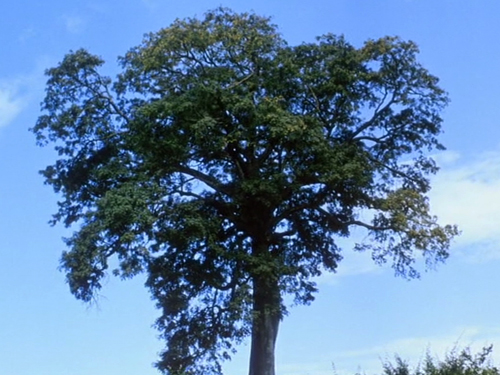
Interview met Manoel de Oliveira
Raymond Bellour, Serge Daney, 1991
CONVERSATION
14.12.2016
NL
“Cinema is voor mij iets heel concreets, ik kan dat vergrootglas daar op de tafel filmen of ieder van ons, op voorwaarde dat dat alles blijft zoals het was. Terwijl ik jullie film kan ik niet vastleggen wat jullie denken. Ik kan de droom van iemand die slaapt niet filmen. Ik weiger het dus te doen. Ik zal de gedachte, het bewustzijn, de droom, de voice-over van de verbeelding, niet filmen. Dat zou vals zijn!”